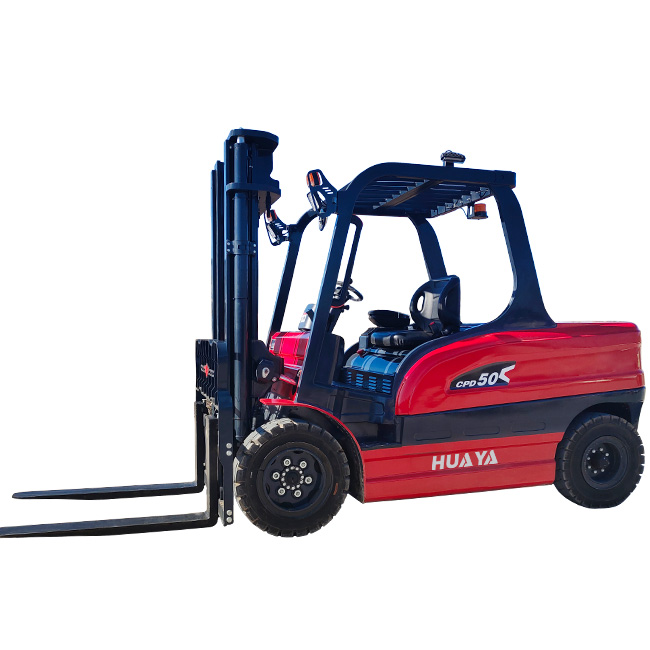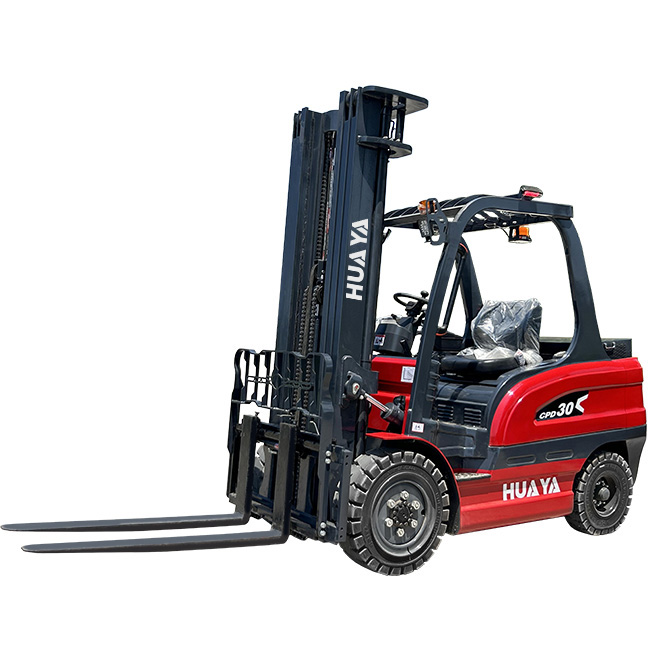How often should forklifts be inspected by OSHA?
04 Jul 2025
Let’s talk forklifts — those workhorses of warehouses, factories, and job sites. They’re powerful, practical, and absolutely essential in keeping goods and materials moving. But here’s the thing — they don’t inspect themselves, and ignoring safety can land companies in serious hot water. That’s where OSHA steps in. So, just how often should forklifts be inspected by OSHA standards? Let’s break it down.
OSHA Forklift Inspection Rules: What’s Required, Really?
If you operate a forklift or manage a facility that uses one, OSHA’s got some strict guidelines for you. They aren’t just suggestions — they’re the law.
According to the Occupational Safety and Health Administration (OSHA), every forklift must be inspected at least once per day. Yep, you heard that right. Daily. And if the forklift is being used around the clock in multiple shifts, then it needs to be inspected at the start of each shift. It’s not just about ticking a box — it’s about preventing accidents before they happen.
Pre-Shift Forklift Inspections: Why They Matter
Let’s get real: forklifts take a beating. From lifting tons of material to maneuvering in tight spaces, they endure a lot. That’s why OSHA requires a pre-operation inspection. This check includes both visual and operational inspections — think of it like giving your forklift a quick health check before it gets to work.
Here’s what typically gets reviewed:
Tires — Any damage, wear, or low pressure?
Forks and Mast — Bent, cracked, or misaligned?
Hydraulics — Are there leaks or strange sounds?
Lights, Horn, Backup Alarm — Are they all working?
Brakes and Steering — Responsive and smooth?
If something’s not right, that forklift is out of commission until it’s repaired. Safety first, always.
OSHA Daily Checklist: Your Forklift’s Best Friend
Now, don’t panic — OSHA isn’t asking you to do a full-blown maintenance overhaul every day. But they do require that each operator complete a daily forklift inspection checklist. You can even find ready-to-use templates online, but the key is making sure it’s tailored to the specific type of forklift being used — whether it’s electric, propane, diesel, or rough terrain.
And yes, you’ll want to document everything. If OSHA shows up — and they can — you’ll need to show those inspection records. It’s not just about avoiding fines, it’s about creating a culture where safety isn’t optional.
When OSHA Steps In: Inspections & Enforcement
So here’s the twist — OSHA itself doesn’t inspect your forklift. Instead, they inspect you — or rather, your workplace practices. If there’s a complaint, accident, or routine inspection, OSHA will want to see proof that you’re doing daily inspections and following the rules.
If you’re not? Well, let’s just say OSHA doesn’t mess around. Penalties for non-compliance can hit thousands of dollars per violation. And if an accident occurs due to a skipped inspection? Legal and financial consequences get a lot heavier.
Forklift Safety Violations: A Costly Mistake
Every year, forklift violations land in OSHA’s list of top ten workplace citations. Whether it’s not inspecting equipment properly, failing to train operators, or not fixing mechanical issues, these violations can cause injuries — or worse.
The bottom line? Skipping a 5-minute inspection might save time today, but it can cost lives tomorrow. The smart move is to build a routine of safety checks that becomes second nature to your team.
Electric vs. Internal Combustion Forklifts: Inspection Differences
Not all forklifts are created equal — and OSHA knows it. The type of forklift you’re operating can change what you look for during your inspection.
Electric Forklifts: You’ll want to pay special attention to battery levels, cables, and connectors. No leaking batteries, no frayed wires.
Propane or Gas Forklifts: Inspect for fuel leaks, tank security, and proper ventilation.
Diesel Forklifts: Watch for exhaust issues and engine fluid levels.
Even rough terrain forklifts used outdoors need a thorough once-over for tire wear, undercarriage damage, and proper fluid levels, especially when operating on unpredictable ground.
Training Your Operators: The Unsung Hero of Compliance
Let’s not forget the people behind the wheel. OSHA doesn’t just regulate forklift equipment — they also mandate operator training and certification. No one should be behind the controls without proper instruction. And part of that training includes how to perform a proper inspection.
When your operators know what to look for and why it matters, inspections become more than a formality — they become a habit that keeps everyone safe.
Document Everything: Inspection Logs Save Lives and Businesses
Say it with me: if it’s not written down, it didn’t happen. That’s how OSHA sees it. Daily inspection logs should be:
Easy to fill out
Accessible for review
Stored for a reasonable period (OSHA doesn’t specify a timeframe, but six months to a year is a good rule of thumb)
It’s a paper trail that proves you’re doing your due diligence — and that could make all the difference in an inspection or after an incident.
How often should forklifts be inspected according to OSHA? Every single day the forklift is used. If you’re running multiple shifts, that’s once per shift. It’s the law, it’s common sense, and it’s one of the best ways to protect your team and your business.
So whether you’re running a warehouse in Chicago, a job site in Phoenix, or a loading dock in Atlanta, make forklift inspections part of your daily routine. It’s not just OSHA watching — it’s your crew counting on you to keep them safe.




